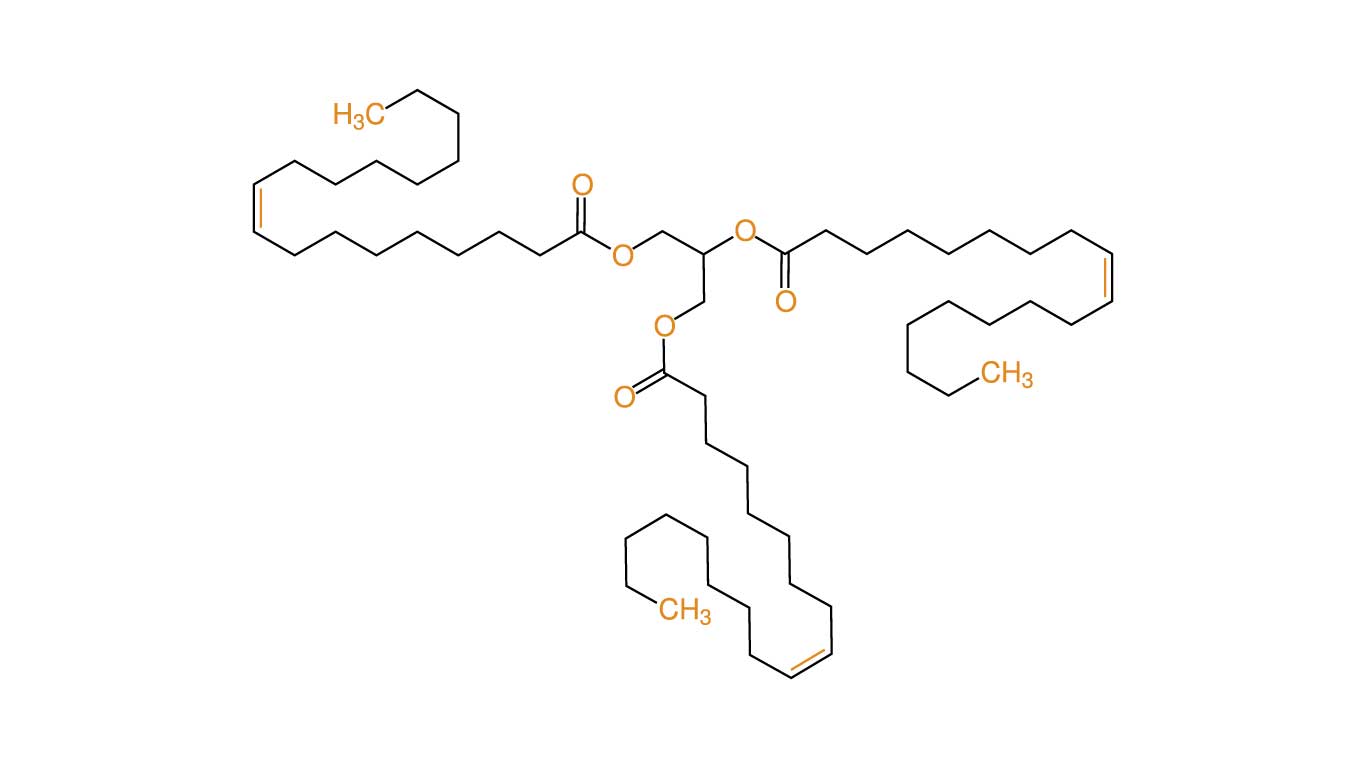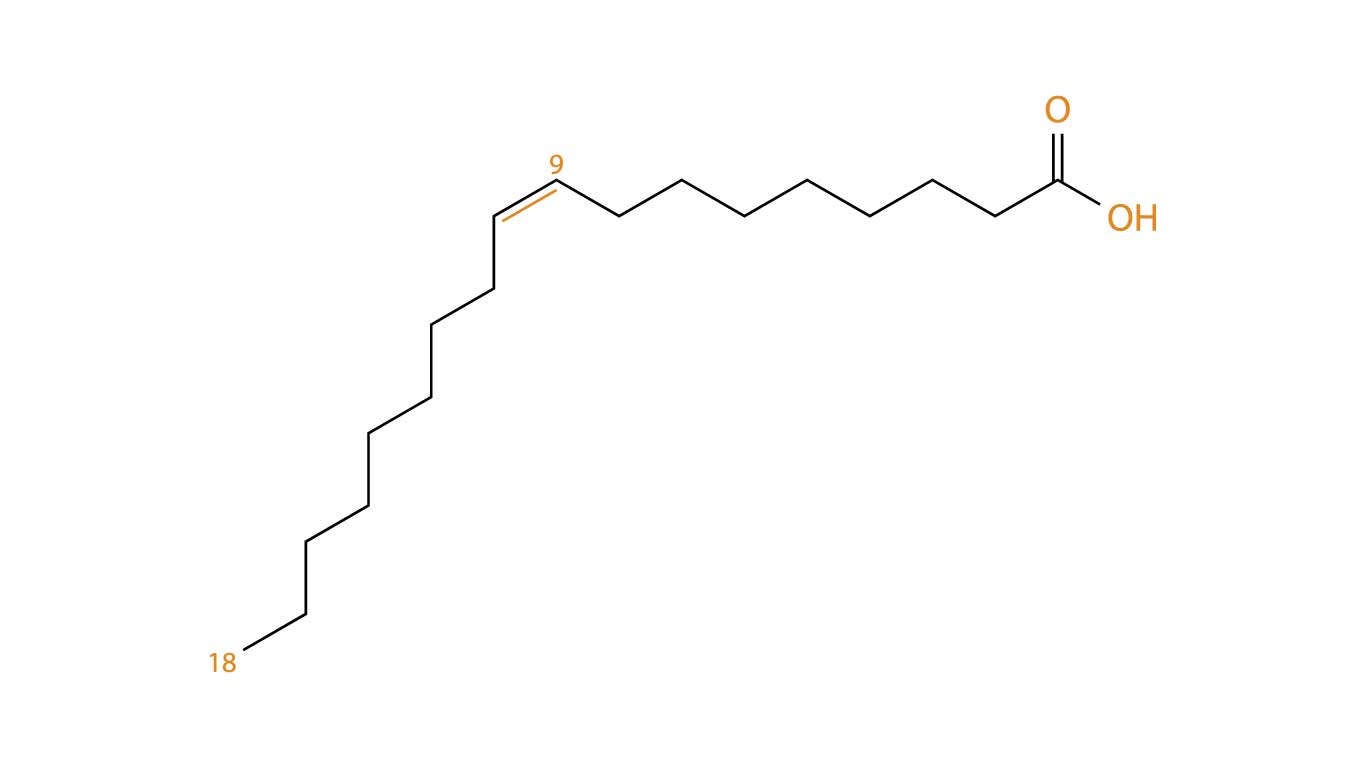On the surface, this would seem like a straightforward question to answer, right? But even after years of research on the subject, the cause of seborrheic dermatitis flare-ups remains an extremely difficult question for me to answer.
This difficulty stems from the fact that the medical community still does not fully understand the cause of seborrheic dermatitis [1]. For decades, the underlying cause of the condition has remained allusive and not fully uncovered.
The majority of the evidence, so far, has pointed to the Malassezia yeast. However, it’s not that simple.
The Connection Between Seborrheic Dermatitis and Malassezia
Malassezia is a family of lipid dependant yeast/fungi that reside on the skin surface.
If your new to the subject, you’re probably thinking that have fungus living on the skin surface, can’t be a good thing. However, you must consider that the skin is our largest organ and is one of the main points of contact between us and the outside world. As a result, the skin interacts with millions of microbes, fungi, and viruses on a daily basis. Naturally, some of these organisms have built a mutual relationship with our immune system and have made our skin their home.
Malassezia yeasts fall into this category and a variety of sub-species are found on the skin of most humans. For the most part, these yeasts are considered «commensal organisms» and usually present no negative effects to the host (the human whose skin they live on).
Unfortunately, in some cases, these yeasts can become pathogenic and have been shown to cause various skin diseases such as pityriasis versicolor, tinea versicolor, and Malassezia (Pityrosporum) folliculitis [2, 3, 4].
Now, in the case of seborrheic dermatitis, things get a little bit more complex [5]. On the one hand, most of the literature suggests that the Malassezia yeast play the predominant role in conditions progression. On the other hand, strangely, the yeast does not take on its pathogenic form and remains in the same state as is found on healthy skin.
For seborrheic dermatitis, the literature suggests that people that experience seborrheic dermatitis symptoms are likely to have individual susceptibility (similar to a mild allergic reaction) to either the Malassezia yeasts themselves or by-products of their production cycle [6].
More specifically, the most specific and reasonable explanation for seborrheic dermatitis symptoms appears to be the immune response to oleic free fatty acids at the skin surface.
Oleic Free Fatty Acids and Seborrheic Dermatitis Symptoms
You’ve probably heard of oleic acid, right? It’s the primary component of olive oil and is naturally present in a variety of fatty plant foods (think seeds, nuts, and oils).
Oleic acid and oleic free fatty acids are not the same.
The oleic acid that we found in our environment is most commonly present in its triglyceride form (a lipid). This means there are 3 oleic acid molecules held together by a glyceride bond. This visual can give you a better representation of what that looks like:

You can apply oleic acid in its triglyceride form to the skin surface without any issues and there is no evidence that suggests that it can cause irritation.
Oleic free fatty acids, on the other hand, are single molecules of oleic acid, that are not held together by a glyceride backbone:

In this state, the molecules are unstable and highly reactive.
When applied to the skin surface, oleic free fatty acids break down the skin natural barrier and have been documented to cause the exact symptoms that we collectively know as seborrheic dermatitis.
Oleic Free Fatty Acids and the Malassezia Yeasts
Remember, Malassezia yeasts are lipid-dependent, meaning they utilize triglycerides as their primary food source.
During their feeding process, they are known to leave behind various by-products (similar to how humans digest food and flush the by-products down the toilet).
One of these by-products happens to be the oleic free fatty acids are skin is not very good at dealing with. And it is this process and by-product which are collectively believed to cause seborrheic dermatitis flare-ups [7].
Where Things Get Tricky
So, if Malassezia yeast resides on the skin surface of most individuals, how come only some of us are left to deal with seborrheic dermatitis symptoms?
For now, no one really has any specific answers to this question.
Some speculation/theories amongst the medical community include:
- Individual differences in skin barrier function [6]
- Altered immune response (similar to an allergy) [8]
- Relative concentration of oleic acid in the sebum [7]
- Low anti-oxidant availability [9, 10]
- Specific differences in the overall microbial environment of the skin [11, 12]
While other more anecdotal reports have suggested that:
- Diet, nutrition, and digestion
- Environment (sunlight, relative humidity, etc.)
- Stress and depression
- Alcohol consumption
- Allergies
May play all role as well.
In the end, not enough evidence exists confirming any exact single variable.
If you want to learn more about this topic, you can find more discussion of this topic in the section. But even after decades of research, no one really knows for sure.
Summary
What causes seborrheic dermatitis flare-ups?
Malassezia yeasts that reside on the skin surface degrade the fats which are present in your sebum, leaving behind unstable oleic free fatty acids. These fatty acids break down the skin barrier, causing irritation, itching, flaking, and, inflammation; collectively known as a seborrheic dermatitis flare up.